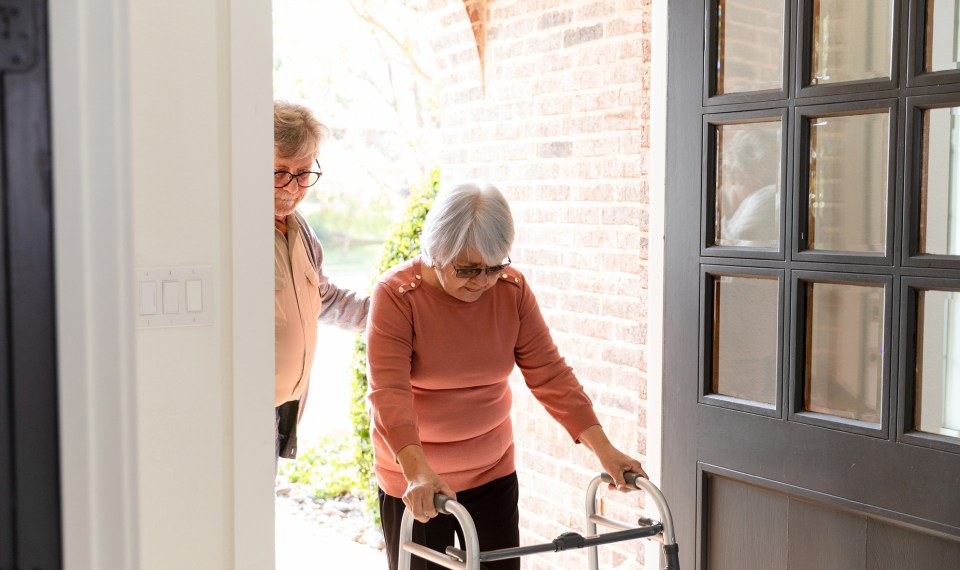Choosing hospice care when facing a terminal illness allows patients and their loved ones to receive a quality end-of-life experience that’s consistent with their wishes. While the goal of hospice is to provide comfort during the final stages of life, the levels of hospice care and type of care may look different for every patient and vary throughout their hospice journey.
The Medicare Hospice Benefit covers four distinct levels of hospice care to ensure the care provided is meeting the needs of not only patients, but their caregivers, as well. Patients can also transfer freely between the different levels as needed. Learn more about the different levels of hospice care and which one may be best for you or a loved one.
Routine Home Care
This is often considered the most common level of hospice care. Routine care is provided wherever a patient calls home, which can include assisted or independent living facilities, skilled nursing facilities or a traditional home setting. The patient’s hospice team provides frequent visits to ensure comfort and dignity while at home. All diagnosis-specific equipment, supplies and medications are provided at no cost to the patient.
Continuous Care
Continuous hospice care is provided when patients are experiencing a high-level of pain or discomfort. The goal of this care is to effectively manage a patient’s symptoms so they can remain at home. Skilled nursing services are the main focus of continuous care in conjunction with the help of hospice aides to keep patients as comfortable as possible. These services are provided for longer periods of time and can be provided up to 24 hours per day.
General Inpatient Care
When pain or symptoms cannot be effectively managed in the home setting, a patient can be transferred to an inpatient facility to receive care. Facilities can include a hospital, hospice inpatient facility or nursing facility that offers 24-hour nursing services. This level of care is typically short-term with the goal of transitioning the patient back home once symptoms are under control.
Inpatient Respite Care
This level of hospice care aims to help the patient’s caregivers. Patients can be transferred to an inpatient setting to receive short-term care, giving loved ones a break from their daily responsibilities. Respite care is typically provided for three to five days in a facility that has sufficient 24-hour nursing services available. This allows caregivers to travel or even tend to their own healthcare needs.
Every hospice provider is required to offer these four levels of hospice care. Your physician, in coordination with your hospice care team, will guide you through the end-of-life journey to ensure you receive care that is consistent with your wishes. No matter which level of hospice care you receive, the goal will always be to provide physical, psychological, spiritual and emotional support to patients and their loved ones.
The content of this site is for informational purposes only and should not be taken as professional medical advice. Always seek the advice of your physician or other qualified healthcare provider with any questions you may have regarding any medical conditions or treatments.



